
WELCOME TO SHIPSPOTTING.COM
ORIANA - IMO 5264742
Photo
details
Description:
Oriana (P&O - IMO 5264742) entering Vancouver harbour below Prospect Point, Stanley Park - circa 1979 [photo © Mr. DOT]
AIS Position
of this ship
There is no AIS Position Data available for this ship!
Would you like to add AIS Coverage?

Photo
Categories
This ship exists in the following categories:
Ship Interior - 17 photos
Casualties - 2 photos
Passenger Vessels - 3 photos
Museum Ships - 1 photos
Ships under Repair or Conversion - 1 photos
Ship's engine rooms - 13 photos
Wheelhouse - 3 photos
Ship's Deck - 23 photos
Ships under Construction - 1 photos
Cruise Ships and Liners built 1950-1960 - 115 photos
Photographers
of this ship
(37)
5 photos
1 photos
1 photos
1 photos
1 photos
1 photos
3 photos
2 photos
1 photos
1 photos
5 photos
1 photos
1 photos
31 photos
1 photos
16 photos
1 photos
3 photos
2 photos
1 photos
2 photos
1 photos
8 photos
2 photos
16 photos
49 photos
3 photos
1 photos
1 photos
1 photos
1 photos
2 photos
7 photos
1 photos
2 photos
1 photos
2 photos
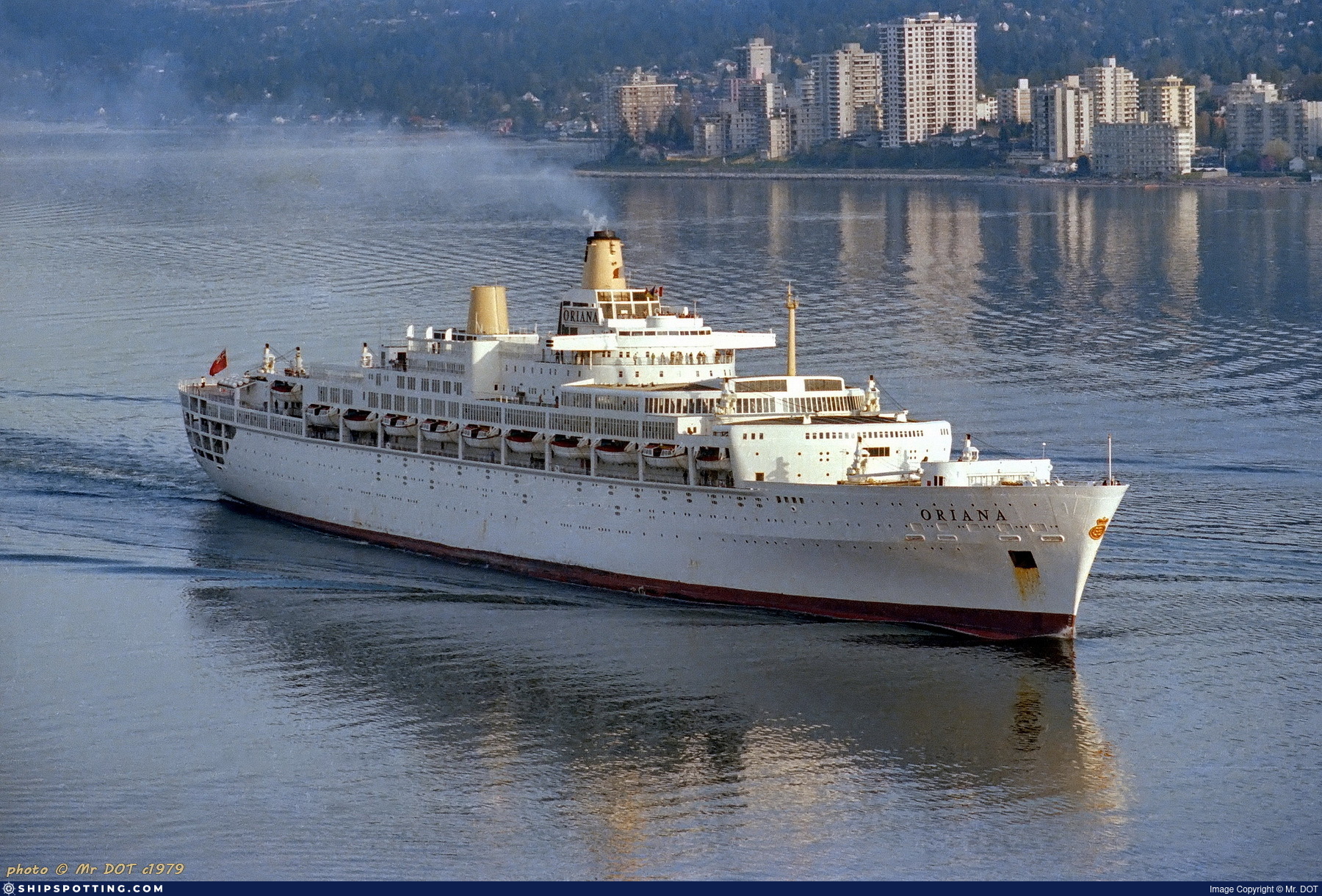

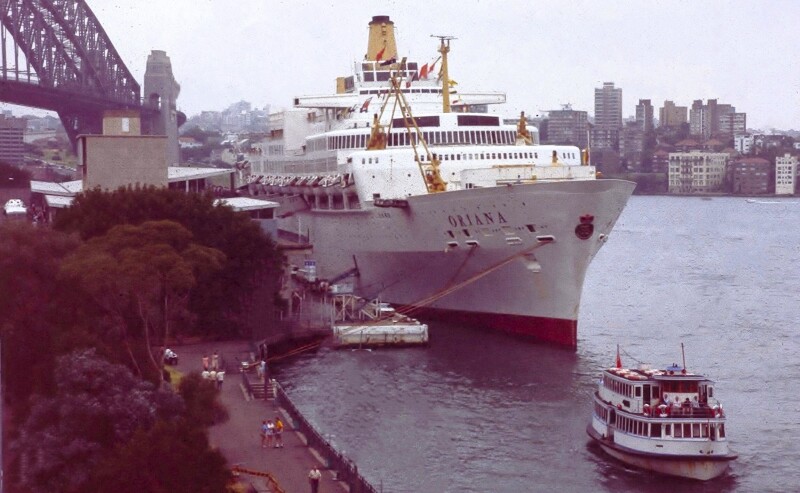
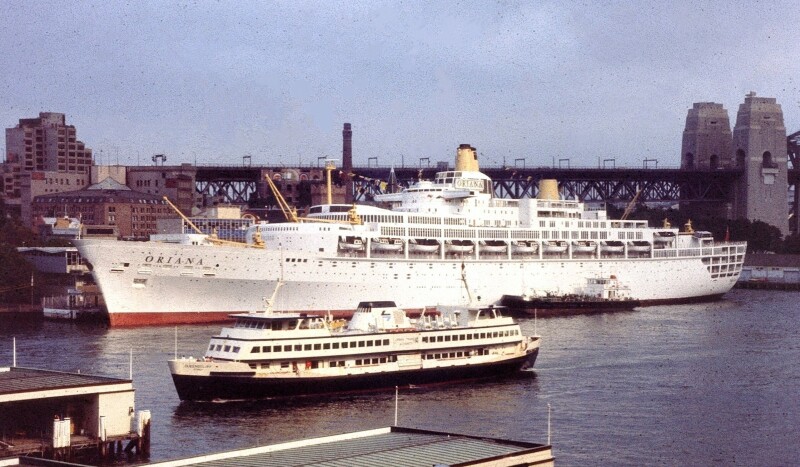
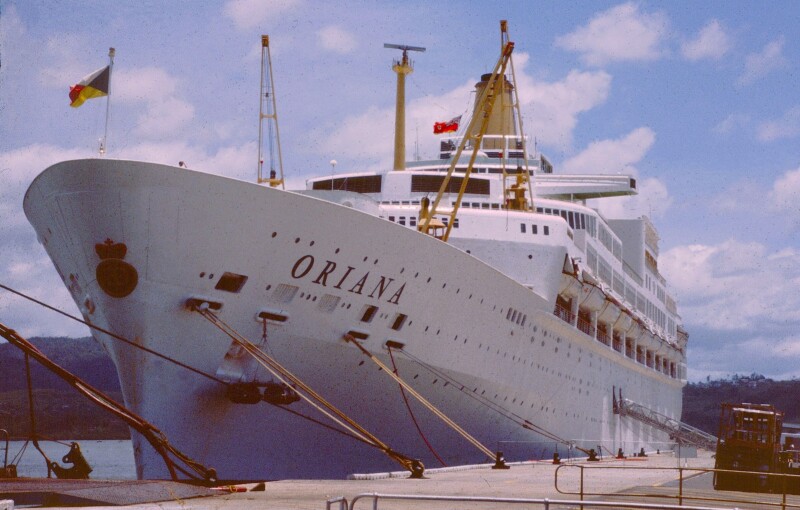
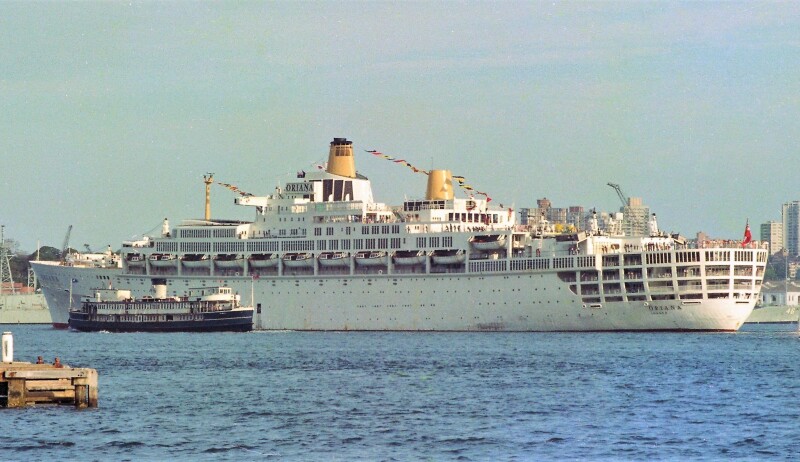
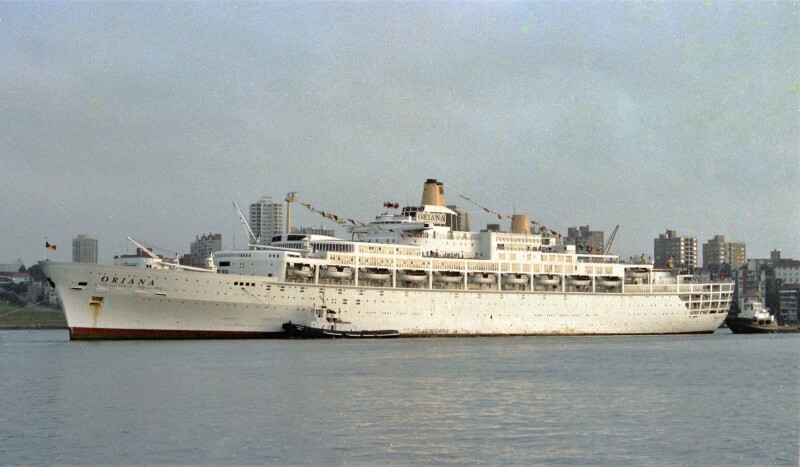
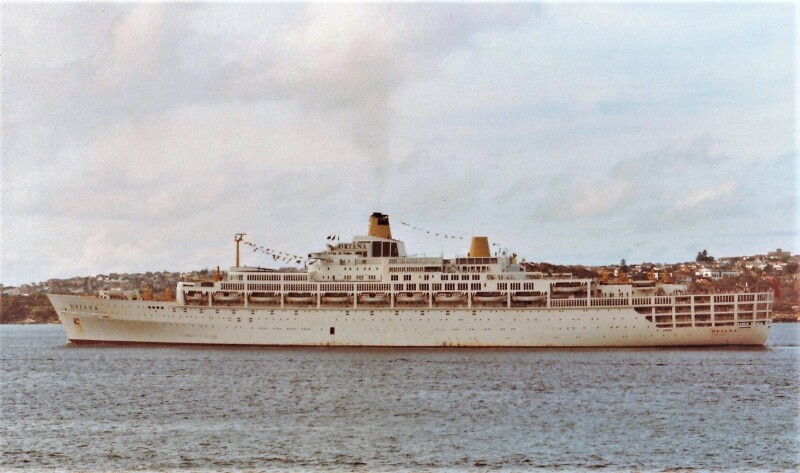
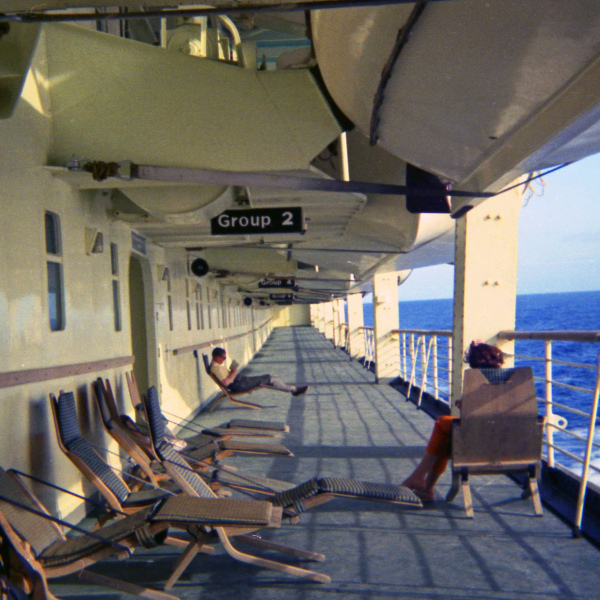
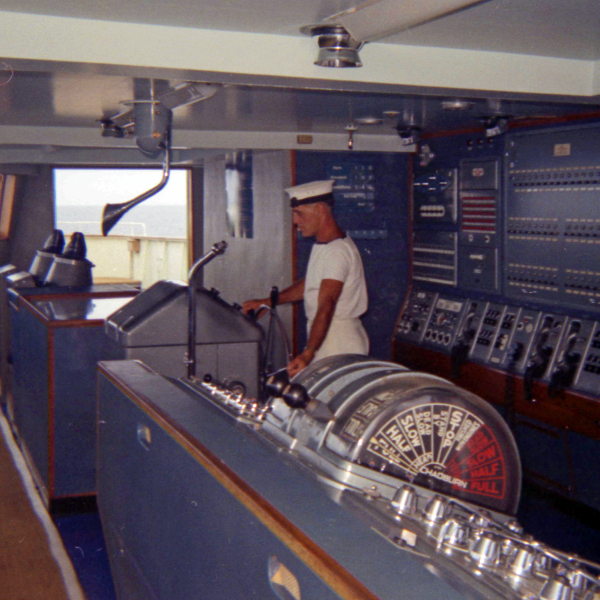


COMMENT THIS PHOTO(18)
Edit
comment
Edit
comment
one thing,,you write "engine exhaust" directly,, Can I assume safely you mean "engine room ventilation air " ?
because if exhaust air is directly ventilated as you write one could understand or read it that, then nobody can work in the engine room anymore. If you ever been in a engine room with a "only" leaking exhaust pipe you surely know what I mean .
Edit
comment
Wind tunnel testing is mostly done to ensure that funnel designs efficiently keep flue gases clear of passenger decks under varying wind and speed conditions.
Edit
comment
Great photo Mr Dot
Edit
comment
Edit
comment
Edit
comment
Edit
comment
Edit
comment
Edit
comment
Edit
comment
Edit
comment
Thank you for sharing
brgds, tvtech
Edit
comment
Regards,
Denis
Edit
comment
Edit
comment
Edit
comment
Edit
comment
Edit
comment